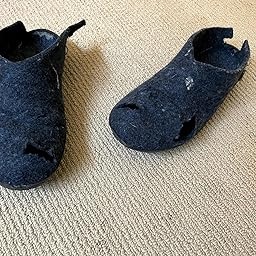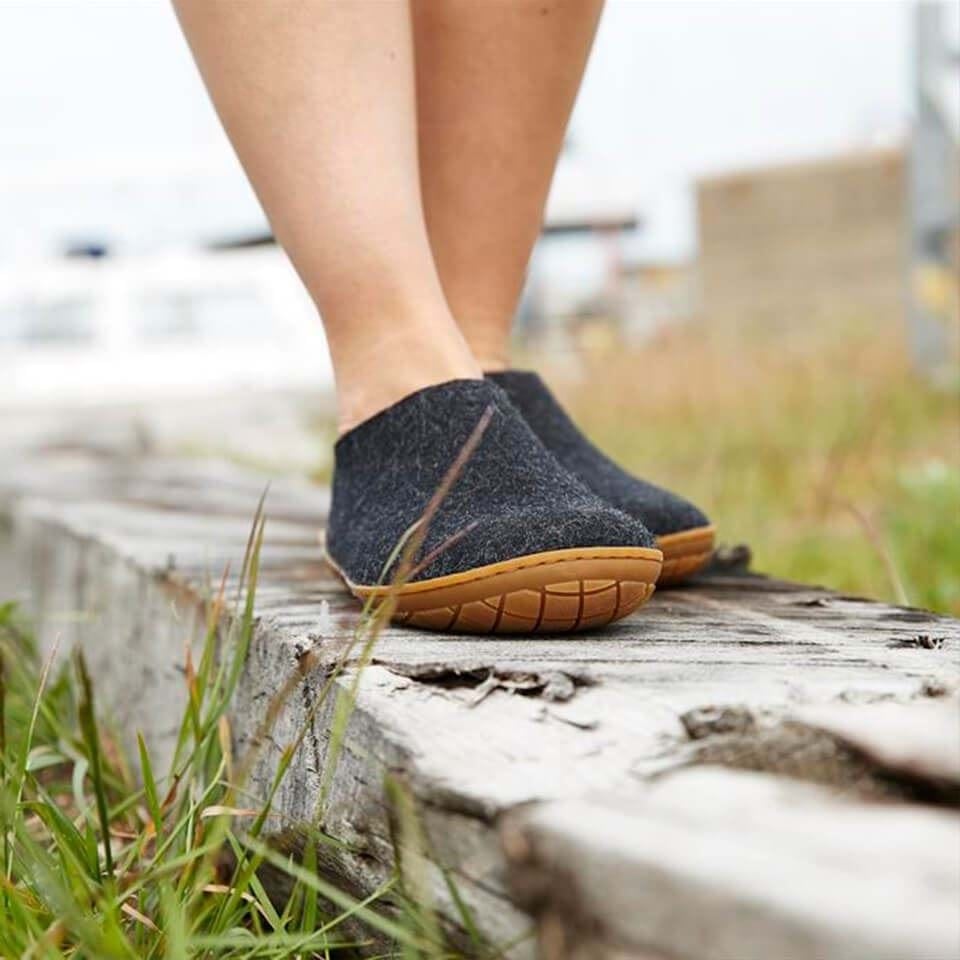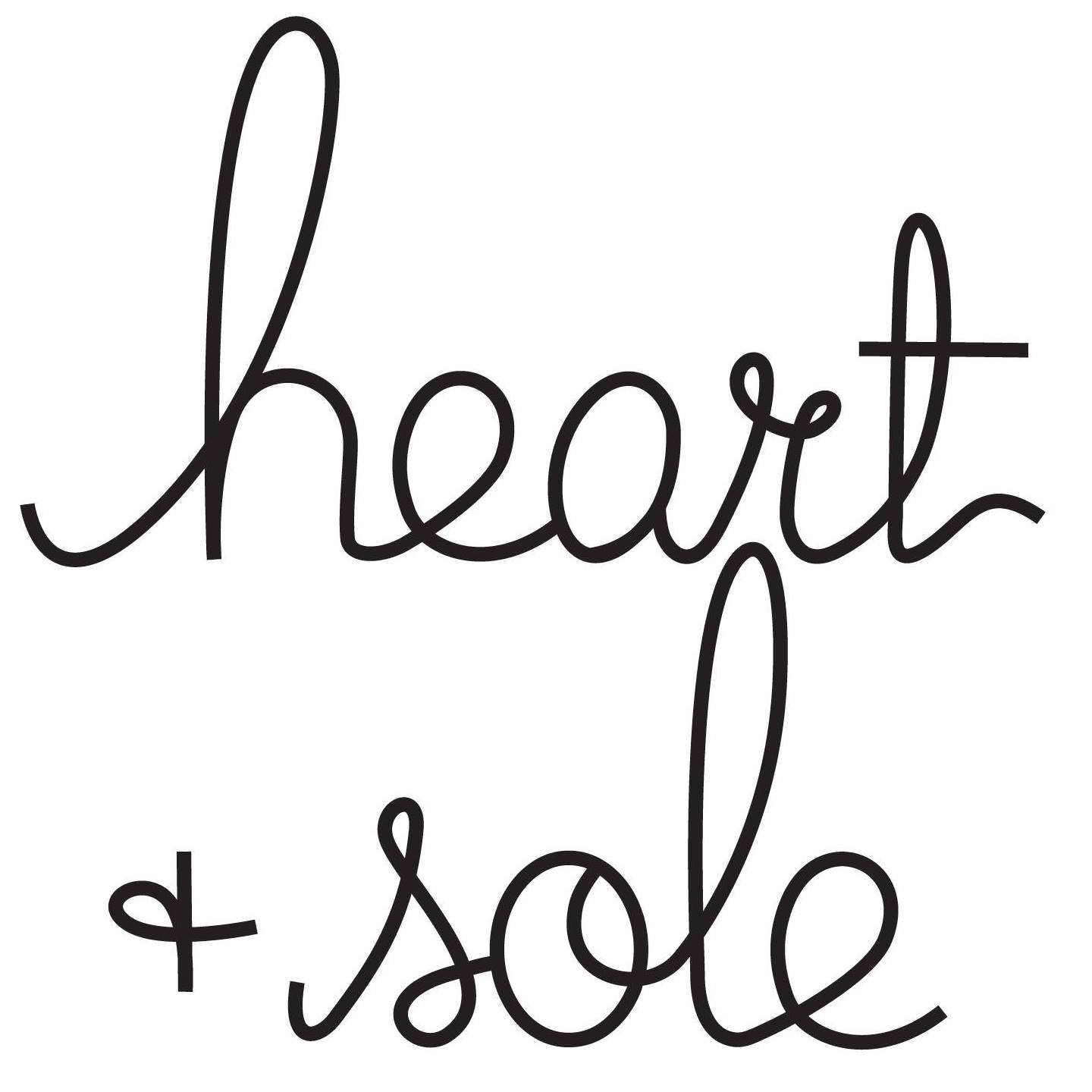Washing Glerups: Do's and Don'ts
- Posted on
- 0

Felted wool can be intimidating to clean. If you are a new Glerup owner, her are some ways to guide you in keeping your slippers looking nice.
Glerup slippers are one of our bestsellers at the store. They are comfortable, lightweight, and are beloved by even the most diehard slipper loathers. Soft, natural felted wools in a simple light design make these slippers more like breathable but warm, extensions of your feet. Unlike many other slipper brands, the felted wool and lightweight feel make Glerups a slipper most like to wear year-round. Because many find these house shoes so effective and cozy, we are often asked how to wash them.
Before You Decide to Wash
Glerups are designed to not need washing. Wool is antimicrobial and tends to do all of the work without any need for washing. It is highly odour resistant as well. The Glerup website suggests that simply refraining from wearing your slippers for a few days will have them back to a clean state without issue. However, we understand that it can feel uncomfortable to leave such a well-worn item unwashed by our own hands. Because of this, many have come up with some techniques and solutions to assist with keeping your slippers clean.

Vacuuming
The Glerup website suggests vacuuming your slippers if you want to remove dust and debris. This is a wonderful way to refrain from getting the wool wet while also giving them an easy dusting. Glerups naturally go through a shedding process a few weeks into wearing them (don't worry about this process, it is just the coarsest fibers making their way out of the felting so the slippers become softer on the feet) so this is also a good way to prevent finding fluff around the house. Because this is a fairly gentle process, you can choose how often or how little you want to vacuum them.
The Suede Brush
Suede sole Glerups benefit from the occasional pass over of a suede brush. It is one of the best ways to get any dirt off the leather sole when they are newer. Eventually, the suede bottom packs down into a nice smooth surface and dirt tends to just fall right off. Besides the soles, a suede brush can be good in moderation for the upper as well. It is important not to use this method unless desperately needed. We have found in cases where the wool accumulates a small stain or discoloured patch, a suede brush can help by brushing out the stain. The reason we advise to use caution here is because it tends to deplete the barrier of the felt. Despite this, it can be a really helpful trick to use when in a pinch.

Tough Stains
Although wool is self-cleaning, it does not engage in self-stain removal. If you get a stain on your slippers, the Glerup website suggests taking a wet cloth to it along with some gentle wool detergent. Rub the detergent and wet cloth over the stain and leave it to air dry. Luckily, natural wool tends to have colour variations as they wear. This cleaning method tends to at the very least blend the stain with the surrounding wool so it is unnoticed and cleansed. Although this is a tempting method to throw them in the wash at this point or submerge them in detergent, we do not recommend it. Felted wool looses its shape and becomes weaker when wet so one wrong step could leave you without slippers.
Never Toss Them In The Wash
Many internet sources say throwing your Glerups in the wash on the gentle cycle and letting them air dry will not hurt. Don't trust them. There are too many variables when throwing a pair of wool shoes in the wash. If it gets caught up on one thing it could end up a shredded mess. If it bumps into something the wrong way, it could get misshapen. Even when thrown in with towels, wet felted wool could be irreversibly damaged with one wrong movement. Further, water decreases the longevity of them overall -even if they do come out unscathed. It is a high risk that does not need to be taken with other cleaning methods.

For Those Set on Washing With Water (And Those Who Got Their Glerups Wet)
Despite other options, sometimes the urge to clean them in a more traditional way is strong. Although, we do not recommend it unless drastically needed, there is a way to clean them with water. It is still cause for potential damage to the slipper. However, it is the least damaging of the water-involving methods. Get a tub and fill it with warm water and a mild detergent. Soak your Glerups in it for no more than 10 minutes before taking them out. Place your feet into the wet slippers (I know it is uncomfortable but it is very effective) in order to maintain their shape. From there, take them off and stuff them with newspaper just enough to fill them but not overstuff them. Let them air dry at room temperature and away from any heat source. Anytime your Glerups get wet, we recommend going through this drying process to prevent them from losing their shape.
Wanting a "Clean" Smell
Sometimes scentless is not enough to give the satisfaction of a clean slipper. If you want to refrain from any water washing (which we highly encourage), but want the scent of a clean slipper, we have found a few options to satisfy this situation. A nice linen spray can work wonders. Sure, it is not "cleaning" the slipper, but being the wool is self-cleaning anyways, this is more like a scent booster added to keep your slippers smelling nicer. Personally, we like using a tiny bit of essential oil sometimes (not enough to soak the slipper) on the inside of the shoe just to give off a scent you may already love. We recommend using products that are body safe as to not cause irritation, and only using them in small amounts as an occasional way to keep a fresh scent.

Rubber Soles
This post focuses more on leather soles and the actual wool upper as they are more sensitive to certain methods. To clean off a rubber sole, a wash cloth and water should work fine. For a deeper clean, a mild detergent or sanitary wipe tends to do the job just fine. The rubber soles are quite durable and we have found that any cleaning method used on the soles of other shoes tend to clean them as well without a problem. However, be careful with more drastic and harsh cleaners to not get it on the wool upper.
Overall, many Glerup owners come up with their own solutions to cleaning their slippers. Despite how delicate these house shoes sound, they are more flexible in cleaning than some think. As long as the rules of refraining from frequently getting them wet, and drying them out properly when they are wet are followed, Glerups tend to be fine. If you are ever unsure about a cleaning method, try it on a small spot before using it on the entire slipper. The best part of Glerups (besides the comfort) is that care for them can be as simple or as hard as you want it to be. They will be fine if left alone. They will also be fine if lightly cleaned properly.












Comments
Be the first to comment...